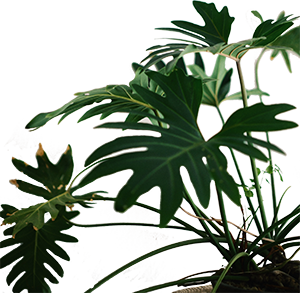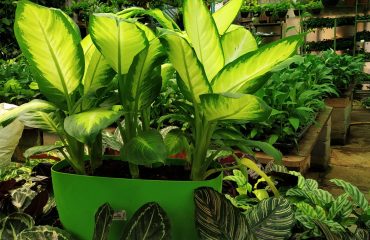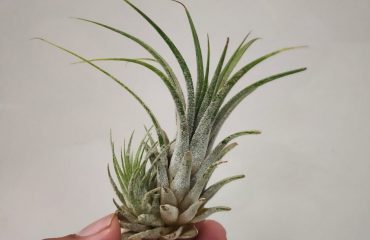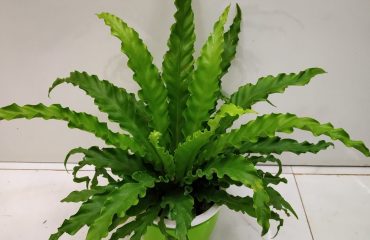Common Mistakes People Make With Indoor Plants

MOST COMMON INDOOR PLANTS MISTAKES
Let’s be honest.
When my plants look sad, it’s a heart-breaking moment. First, because I think it’s my fault, and, second, because I don’t know what to do. But this can change.
As an indoor plant fanatic, people often tell me about their green companions’ misfortunes. If your plant’s leaves look droopy or brown, you’re not alone. Many of us bought a plant because it’s nice, but overlooked a few basic things when it comes to plant care. Here are the top mistaken ideas I hear and see all the time, debunked:
RECAP: MOST COMMON MISTAKES WITH HOUSE PLANTS
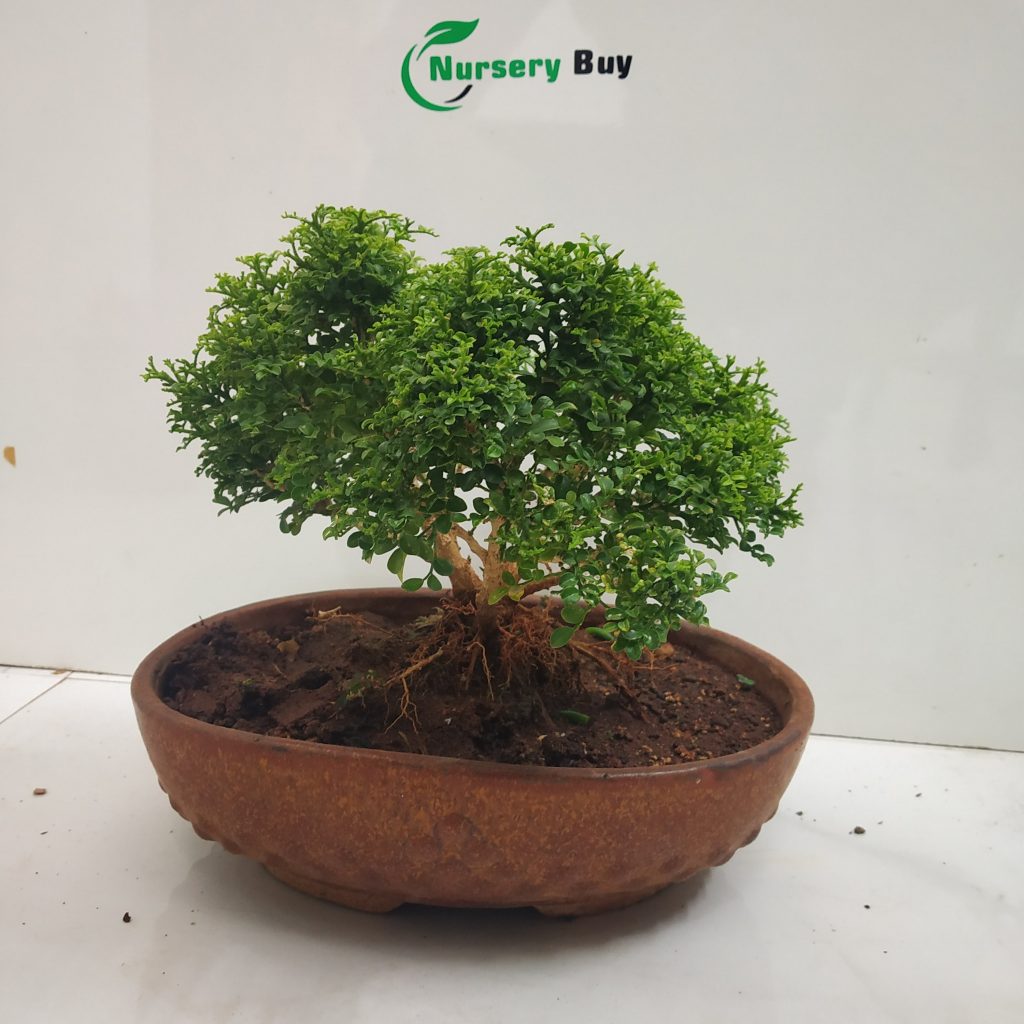
#1 – Water. Thinking all plants need a LOT of water. Not true.
#2 – Light. Thinking all plants need a LOT of sunlight. Not true.
#3 – Maintenance. Thinking all plants need a LOT of maintenance, time and attention. Not true.
#4 – Self-confidence. Thinking you need to have a green thumb to have radiant plants at home. Not true.
#5 – Forgetting to check the roots. Roots being the feeding organ of the plant, it’s essential to keep them healthy.
#6 – Too much. Too much moving your plants around, too much water, too much light, too much attention. No good.
#7 – Not knowing where the variety comes from. Knowing the climate your plant originally thrives in can help you make sense of its needs.
Okay, so you’ve just gotten a new plant. You’re curious to learn about it. Or maybe you’re afraid to get one because you think it’s a full time job – pretty much like raising kids – and that is too much time and effort in maintenance. Well, if you pick the right species, you won’t have these problems. And if you really want a specimen that’s known to be demanding, you can get the right tools to do the job for you. To help you whatever your level, here are the most common mistakes about house plants I hear every day, debunked.
1. OVERWATERING
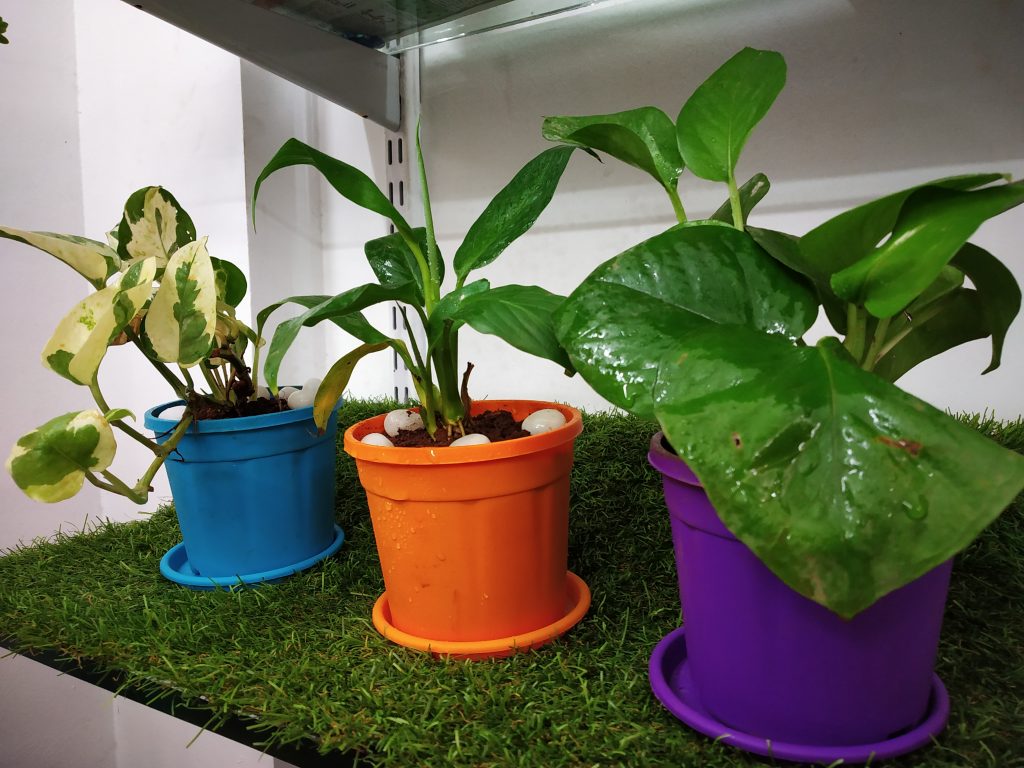
Mistake #1: ironically, the most frequent cause of houseplant not surviving is overwatering. People mistakenly think all plants need to be watered the same way. That’s not true. Cacti and succulents prefer dry soil. Cacti can survive for months without water. Most succulents thrive with as little as a monthly watering, whereas a weekly watering will kill them. This happened to you? I killed my second plant – which was a succulent – by watering it as much as the other one – which as a tropical specimen. The ability to store water varies dramatically across species and therefore water needs are different.
As a rule of thumb, the thicker the leaves the less water a plant needs. On one end of the spectrum, delicate species like ferns have thin tiny leaves and can dry out quickly. On the other, cacti’s thick body can store enough water to self-sustain for a long time and in case of a drought, the body will just “drink” the stored water and get slimmer. Water it and it will absorb water like a sponge, inflating in size. Cacti’s flexibility makes it the camel of house plants and from far the easiest species to grow. Check this article about cacti and succulents!
2. TOO MUCH DIRECT SUNLIGHT
Mistake #2: some people think all plants need a lot of light. Light is essential, but as always with plants, more is often too much. Bright direct sunlight is to be avoided for most species, except cacti and some succulents which have a higher tolerance to direct sunlight. The reason is that direct sunlight is too harsh. For most species, indirect sunlight is best because it’s softer. In the UK a spot near a north facing window does a great job. Bright sunlight reflected on a wall or diffused through a veil gives perfect bright indirect light. You can have some plants in the bathroom even with low light conditions. Some species just don’t need as much light!
3. THINKING ALL PLANTS NEED A LOT OF MAINTENANCE
Mistake #3: thinking all plants require an awful lot of maintenance. Not at all! Some hardy species are actually pretty happy if you neglect them slightly. Many house plants are actually hard to kill (if you ever wanted to) and require very little attention. Cacti and succulents are great examples of course, but not the only ones. See a list of some of the top invincible house plants here and there.
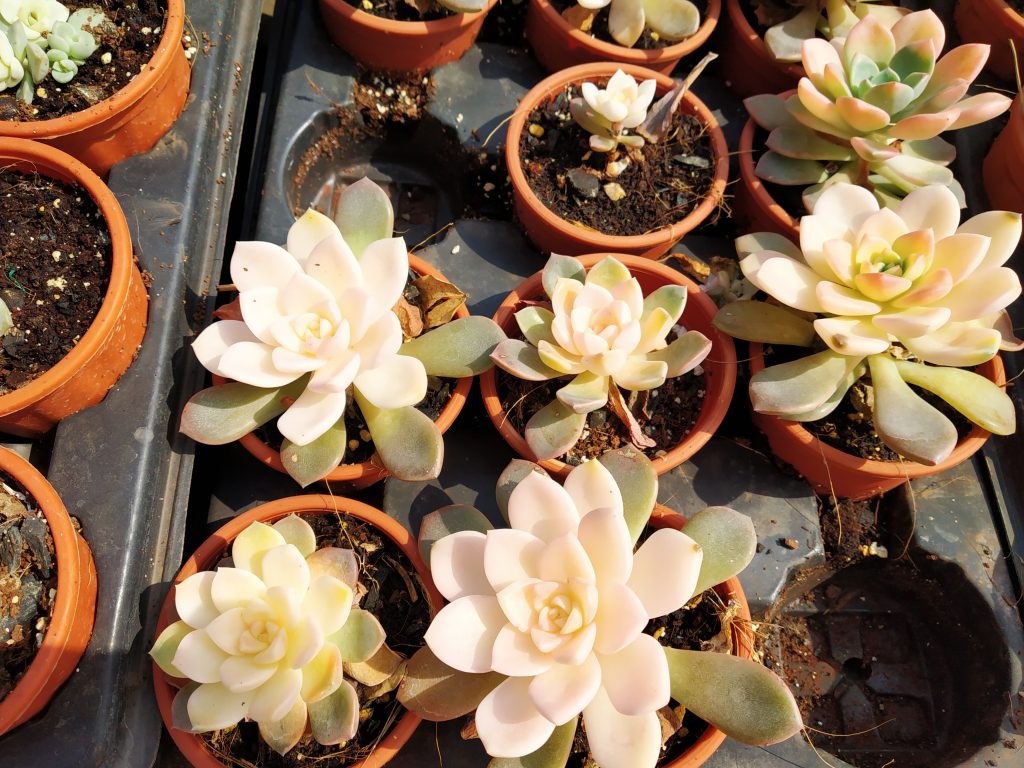
For more demanding specimens, you can get the help of smart tools. With the right tools you can revitalize your home without spending much time on it. Self-watering pots have been around for a while and have gotten more advanced than ever with the help of technology. These modern tools and pots now can tell you what your plant needs and when. Some will even water it automatically. Check this article about self-watering and self-sufficient innovations. They are now plenty of different styles and most are very cool!
4. THE ‘GREEN THUMB’ MYTH
Mistake #4: some people think that either you’re born with a green thumb or you’re going to be a plant killer for the rest of your life. False! No need to have a PhD in Botanic to have radiant plants at home. Even the most seasoned gardeners kill plants all the time – it’s part of the learning, so no shame. If you kill a plant from time to time, like me, don’t blame yourself. Parenting a new houseplant involves trial and error. No one has the entire knowledge of all plants and species, so we all have to learn from experiences and from others at some point.
It also boils down to self-confidence. I hear and see many people giving up even where the best wouldn’t have done better. Green thumb is always acquired, never inherited. Good news is that a substantial amount of pro tips are available on this website. And for free.
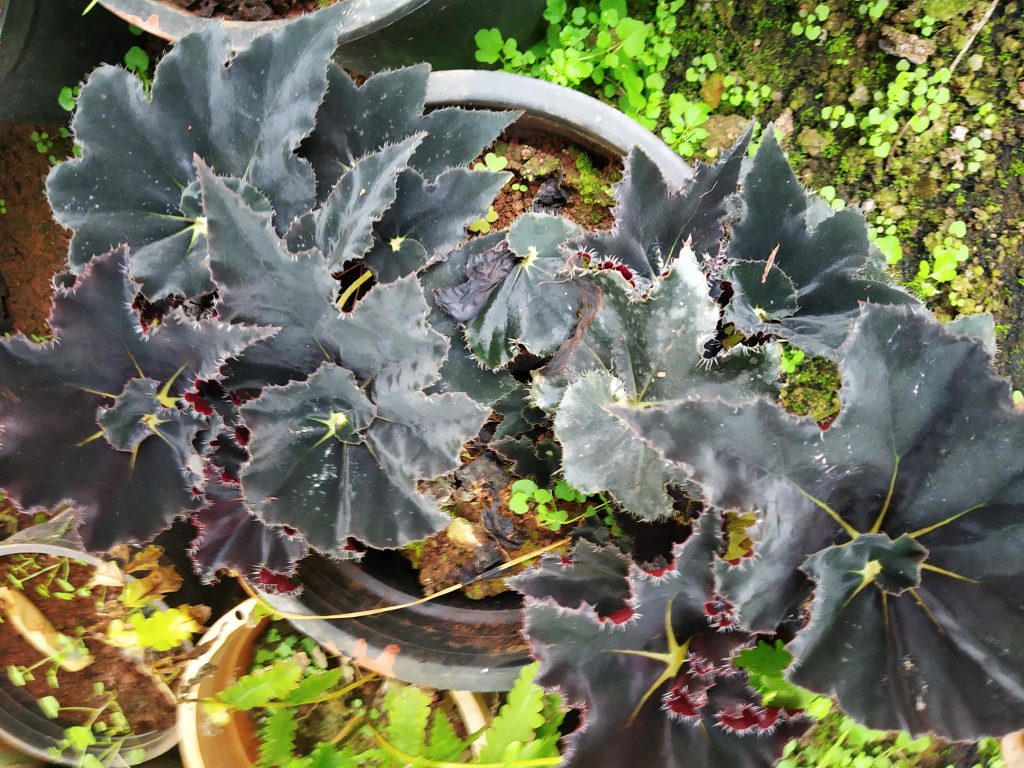
5. MOVING PLANTS ALL THE TIME
Mistake #5: moving your plant all the time. Stability is essential for your plant to adapt to its new habitat. Some changes can be disruptive to the plant’s balance, such as re-potting, changing room etc. Too much moving-your-plant-around is no good. If your plant shows no sign of dissatisfaction, the best thing to do is probably not to do anything. Also, consider that steep variations in temperature or humidity can be detrimental.
6. FORGETTING TO CHECK THE ROOTS
Mistake #6. Most people forget about the roots but roots are the feeding organ of the plant, so it’s essential to keep them healthy. I had issues with my newly acquired Bird of Paradise and eventually found out that the roots were outgrowing the pot. This caused the roots to die and soon the leaves were also ill. What to do if that happens to you? Take the plant off its plastic pot. Cut out the dead tips of the roots that outgrown the pot. Repot your plant into a larger pot and feed with fertilizer. It’s good practice to lay pebbles at the bottom of your pot before adding soil. If this issue is identified early on, your plant has increased chances to make it. Check the roots once a month or at least twice a year depending on the growth rate of your plant
7. NOT KNOWING WHERE YOUR PLANT COMES FROM
#7. Knowing the climate your plant originally thrives in can help you make sense of its needs. Cacti love dry soil – and so do succulents – because they come from the same dry, desert, regions of the world. Unlike cacti and succulents, most other indoor plants are tropical specimens, which means they enjoy moist soil and humid air. The take-away is that you should remember if you plant is more from a DESERT/DRY type or a TROPICAL/MOIST type and adapt your watering accordingly. Cacti and succulents require a specific potting soil that contains sand to help drainage and to keep it dry. Temperature wise, when it’s too cold or too hot for a human it’s usually the same for an indoor plant.
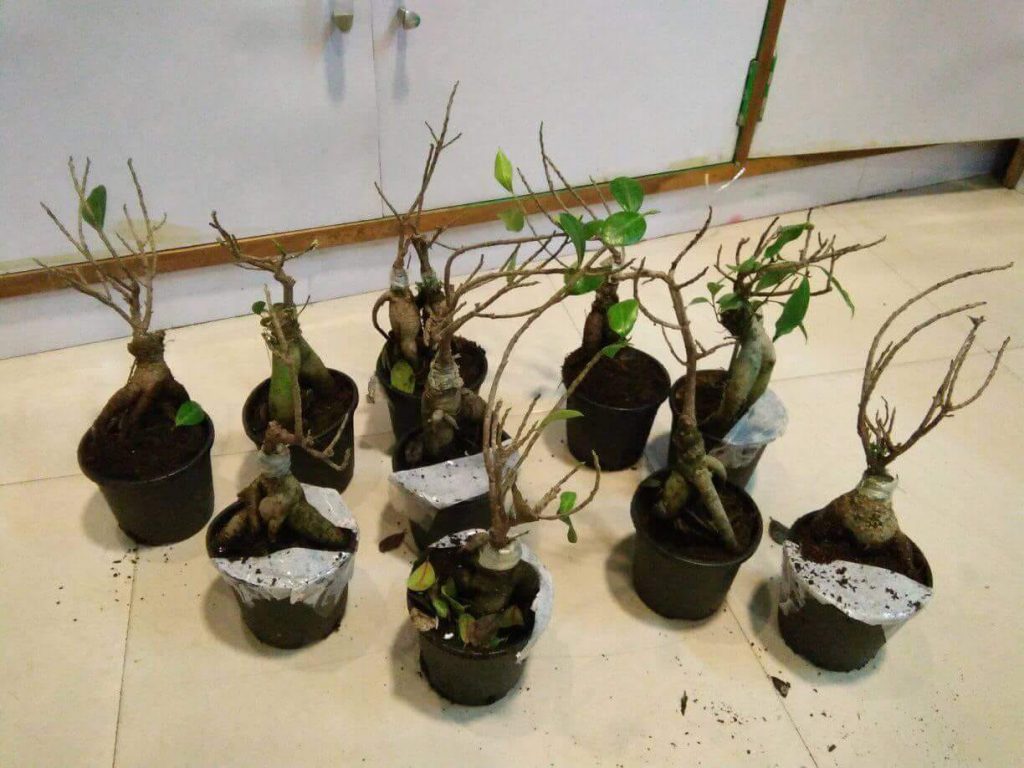
Taking the time to get to know a plant’s specific needs is always valuable. Pick the hard-to-kill indoor plants that I recommend for beginners here and you will be immediately rewarded for your leap of hope!


